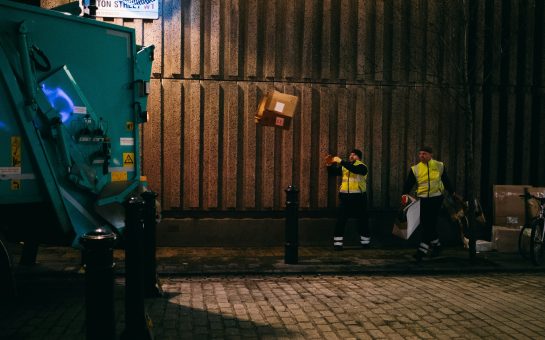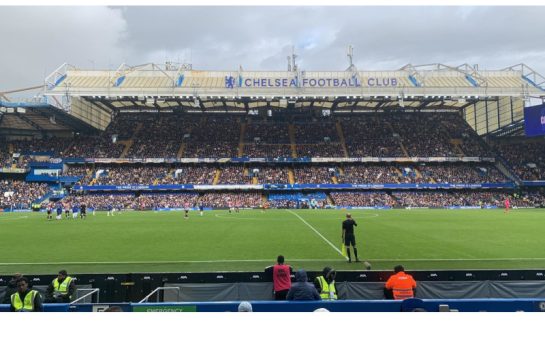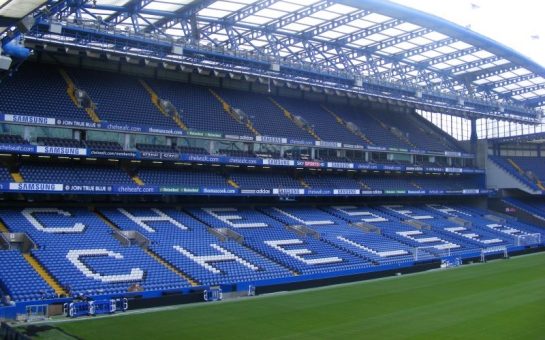By Alex Ross
August 22 2020, 13.00
Follow @SW_Londoner
Booksellers still face challenges despite encouraging sales in the first six weeks since reopening in June.
Since bookshops reopened on June 15, the volume of print books sold in the UK had hit 21,233,653, an increase of 12.3% from the same six-week period in 2019, in which 18,910,405 were sold, according to data from Nielsen Book Research.
The total value of sales in this period was £183,571,121, 14.4% up from the 2019 total of £160,435,509.
“There was certainly excitement when bookshops were able to reopen, and it was a great relief to see book sales so strong in June,” said Meryl Halls, managing director of the Booksellers Association.
“However, we’re hearing from members that while customers have been brilliantly loyal and supportive, footfall is unsurprisingly impacted, and we believe it may be some time before we reach pre-Covid levels.”
The lack of crowds and overseas visitors is a significant challenge to independent central London bookshops who rely on their custom, according to John de Falbe, owner of John Sandoe Books in Chelsea.
“The footfall in London is atrocious because there are no people from overseas,” said Mr de Falbe.
“Bookshops in central London will have a lot of trade from overseas because most of the people who live and work in central London are from overseas. In their absence, our trade is down.”
The Chelsea bookshop relied on mail orders during the lockdown, with two teams working in isolation from one another – one answering the phone during shop hours, and another working remotely getting books ready for delivery.
“It’s a great relief to be open. We were among very few bookshops that were open during lockdown,” said Mr de Falbe.
“We were kept very busy but sales are significantly down, and I would say are set to remain until somebody produces a vaccine.”
While city centre bookshops face difficulties, stores in suburban high streets and market towns have experienced increased footfall from people working from home who, because of changed working and spending patterns, are able to browse during breaks and while out shopping.
Sales have also significantly increased for independent booksellers in popular ‘staycation’ areas such as Cornwall and the Lake District because of soaring numbers of people having to holiday in the UK this summer.
The pandemic had also caused a boom for large publishers. Bloomsbury reported a sales increase in the first quarter of 2020, with total consumer sales rising 28% to £31.5m.
Print sales at the publishing giant had increased by 9%, but digital sales of e-books, educational products and audio books had soared by 63%.
Amazon had reported a 40% increase in net sales for the second quarter compared to last year.
“There is no question that there was an increase in purchasing online, and Amazon benefitted from this,” said Ms Halls.
“But we also know that consumers are craving pre-Covid experiences, and that their commitment to shopping locally has been enhanced by the real-life experience of not having a local high street.”
Mr de Falbe kept in touch with customers during lockdown by reading P.G. Wodehouse extracts in weekly ‘Wodehouse Wednesdays’ sessions, and producing podcasts with authors, which were uploaded onto the shop’s website and Spotify.
“Bookshops have seen the return of loyal, and new, customers, but social distancing and fragile consumer confidence mean that booksellers are running hybrid bookselling models: inviting customers into their shops while maintain their online presence,” said Ms Halls.
While expanding online is a necessity for many booksellers, customers who remain loyal to bookshops in their community are a valuable lifeline.
“The reason people might want to support independent bookshops is that they support the idea of a physical bricks-and-mortar bookshop,” said Mr de Falbe.
Yet fragile consumer confidence is a major concern, and means booksellers, as with so many high street businesses, face challenges ahead.
The surges in sales in ‘staycation’ areas may subside once the summer ends, and the prospect of a second wave also threatens to stifle progress made since reopening in June.
“We’ve got people coming in, and it’s really nice to be functioning in a place where people can browse again,” said Mr de Falbe.
“But we’ve got a long way to make up a shortfall. It will be alright, but one is pedalling pretty hard.”
“It’s been a great pleasure for booksellers to be able to interact with customers again,” said Ms Halls.
“The joys of a great bookshop are connection, conversation and recommendation.
“Booksellers have proven themselves the most collegiate and mutually supportive group. We need to see that continue – that authors, publishers, consumers, government, media all realise what is at stake if we lose our bookshops, and take active steps to shop on their high streets and invest in their communities.”




